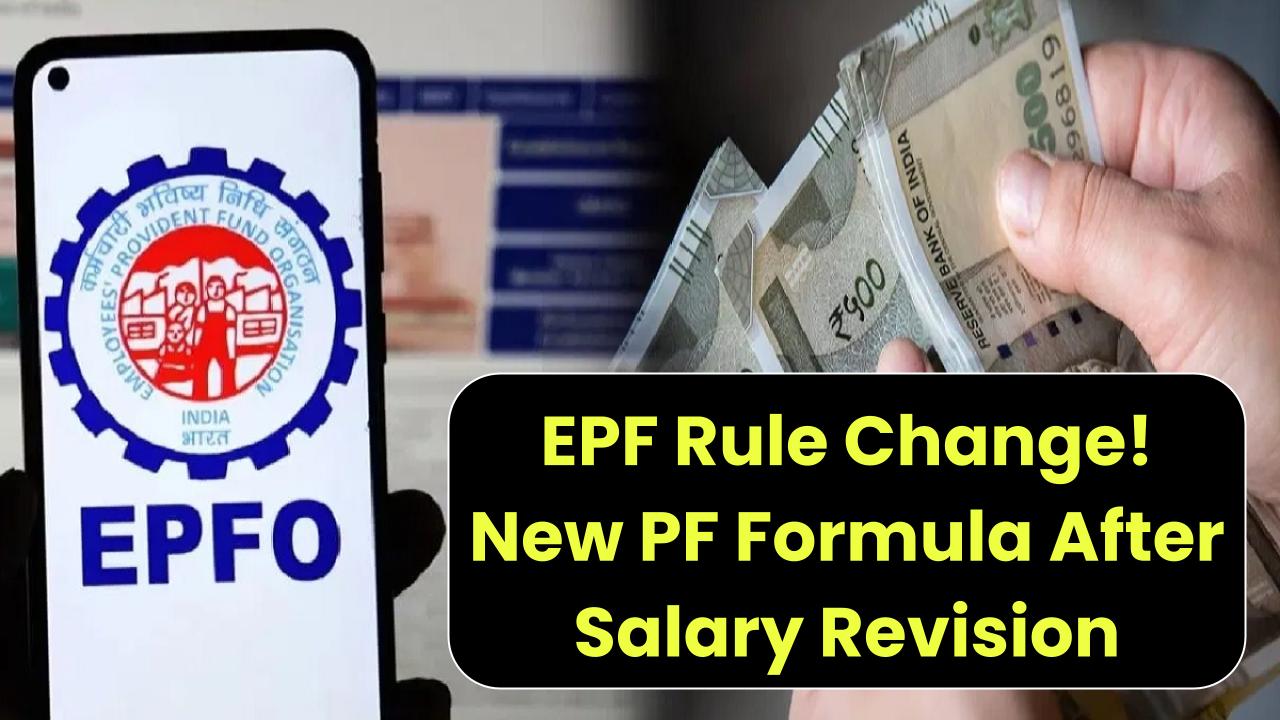
The Employees’ Provident Fund Organisation (EPFO) recently announced an interest rate cut to 8.1% for its subscribers, marking the lowest rate since 1977-78 when it stood at 8%. This decision impacted nearly 60 million active EPFO members, as the EPF serves as a primary retirement savings scheme for many salaried employees in India. Despite its popularity, many contributors are not fully aware of how their money is invested and managed by EPFO.
How EPFO Invests Subscribers’ Money
EPFO follows a conservative investment strategy:
- Debt Investments (85% of annual accruals): The majority of EPF funds are invested in government securities and high-quality corporate bonds rated AAA or equivalent. Regulations require EPFO to invest a minimum of 45% and a maximum of 65% in government securities. Additionally, 20% to 50% is invested in listed debt securities issued by corporate entities, banks, and public financial institutions. Up to 5% can be invested in short-term debt instruments, provided they have strong credit ratings (A1+ or equivalent). This debt-heavy allocation provides a safety cushion for the principal amount.
- Equity Investments (15% of annual accruals): EPFO invests in equity through Exchange Traded Funds (ETFs) that mimic major market indices such as the NIFTY-50 and BSE-Sensex. It may also invest directly in shares of companies with market capitalizations above ₹5,000 crore and Real Estate Investment Trusts (REITs) regulated by SEBI. This limited equity exposure aims at generating higher returns while maintaining risk control, as equities introduce market volatility.
Investment Returns and Safety
- EPFO has historically provided attractive and relatively stable returns, with interest rates around 8.5% to 8.8% in the last decade, but recently saw a dip to 8.1%—the lowest in over four decades.
- The predominance of debt instruments ensures high safety for the principal. Government backing adds further security to members’ funds.
- Although equity investments carry some market risk, they limit exposure to about 15%, balancing growth potential and safety.
Compulsory Contributions
For salaried employees, EPF contributions are mandatory by law. Employers and employees both deposit 12% of the employee’s basic salary into the provident fund, ensuring a systematic and disciplined savings regime.
Future Trends and Equity Exposure
There is ongoing discussion within EPFO to increase equity exposure beyond 15%—up to 20% or even 25%—to potentially raise returns for subscribers, but this requires regulatory approval and consideration of the associated market risks.
In short, EPF subscribers’ money is primarily invested in safe debt instruments such as government securities and top-rated corporate bonds, with a smaller portion allocated to equity ETFs that track leading market indices. This blend offers a secure and relatively stable investment option for retirement savings, although the recent interest rate cut to 8.1% reminds investors of the cyclical nature of returns linked to broader economic conditions.








